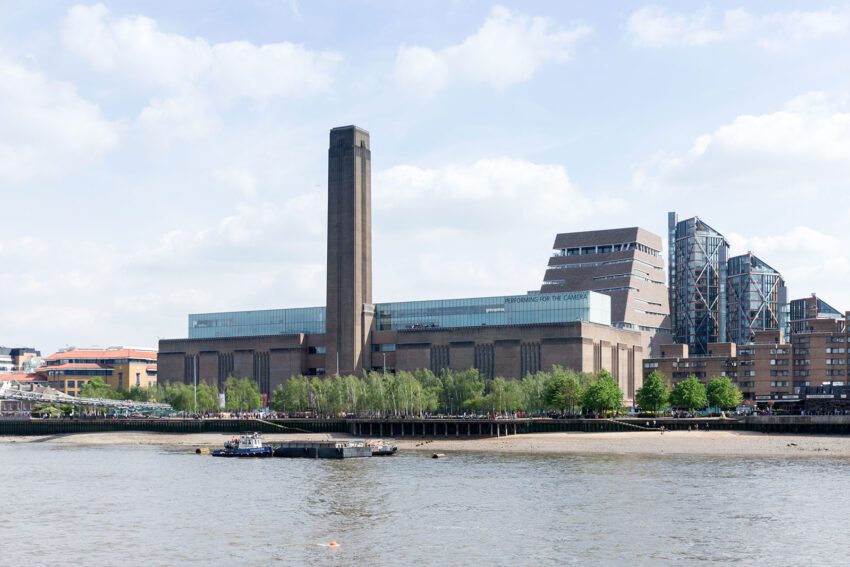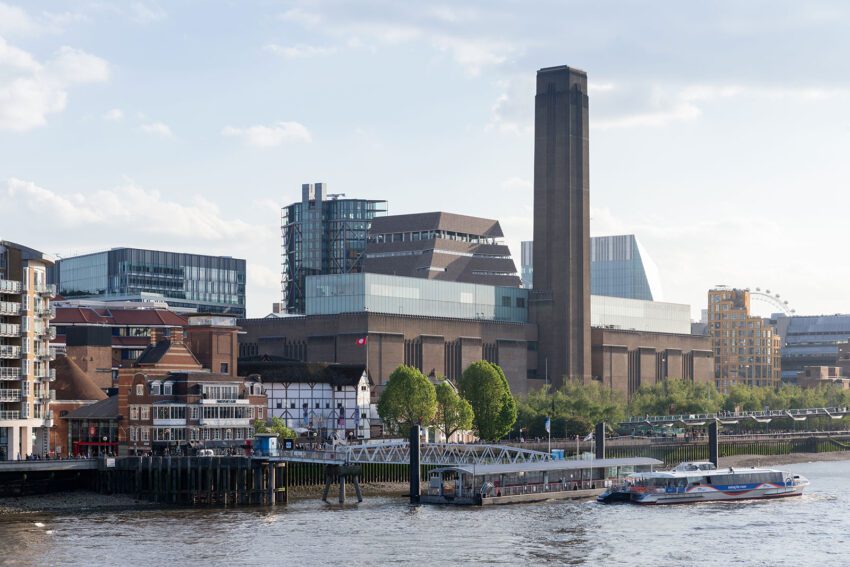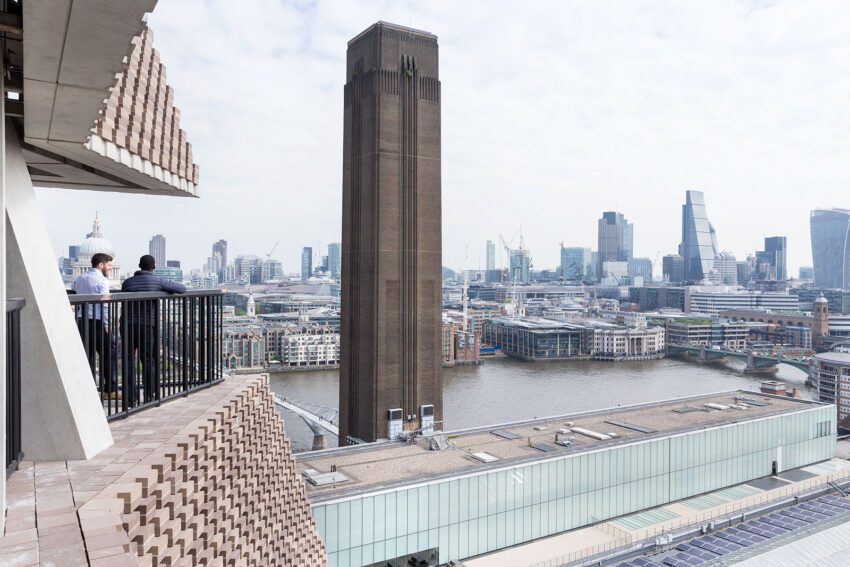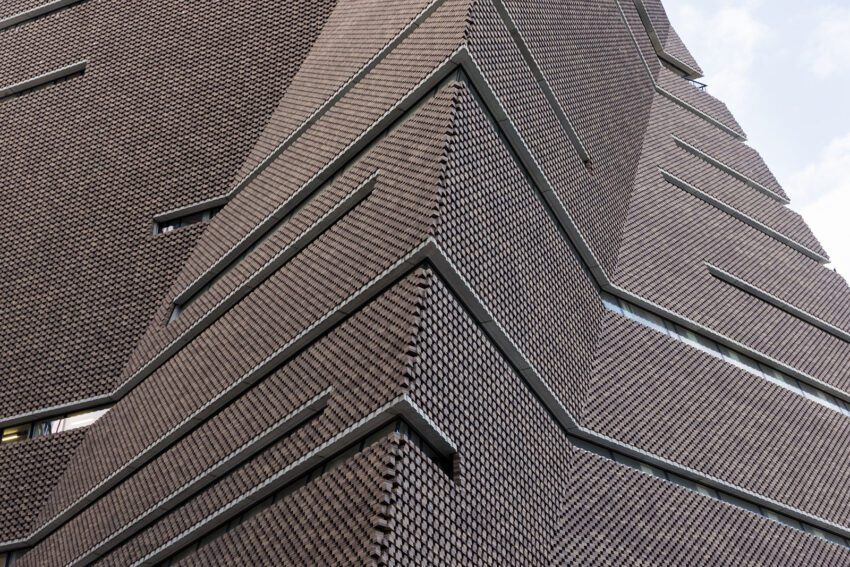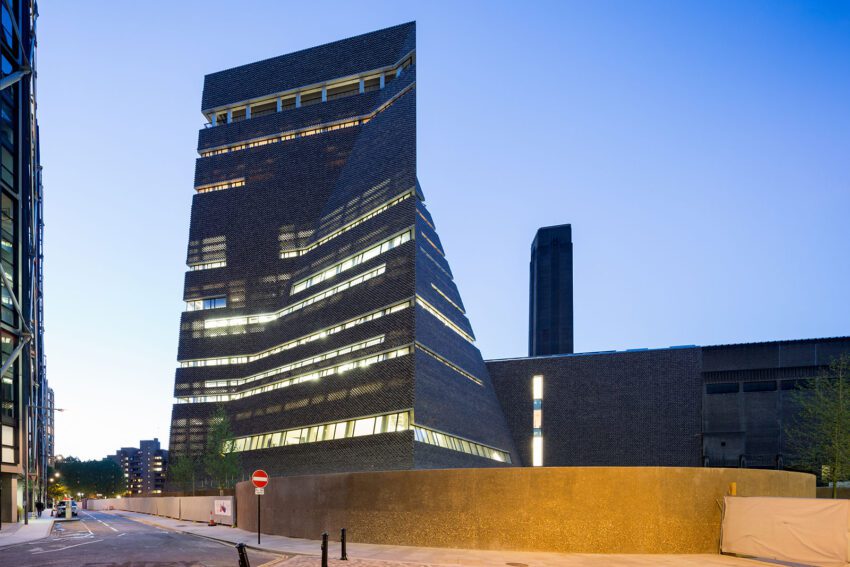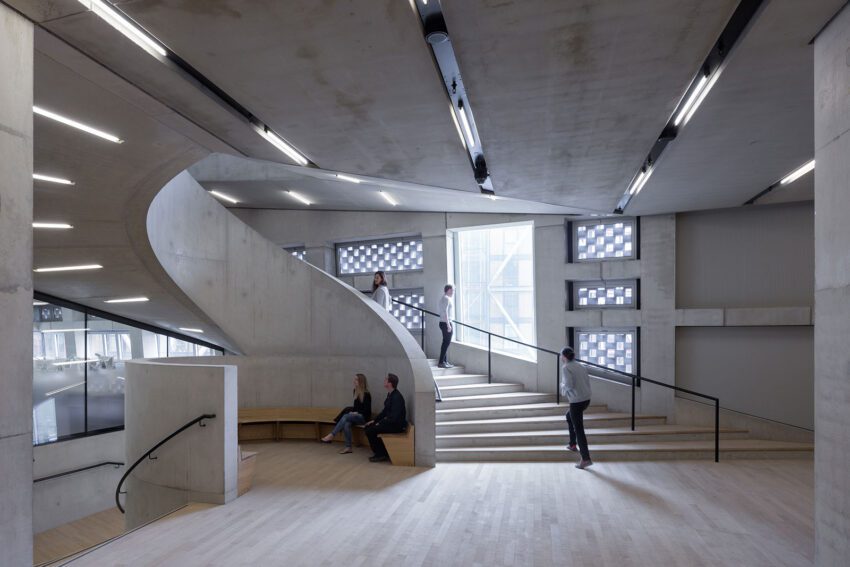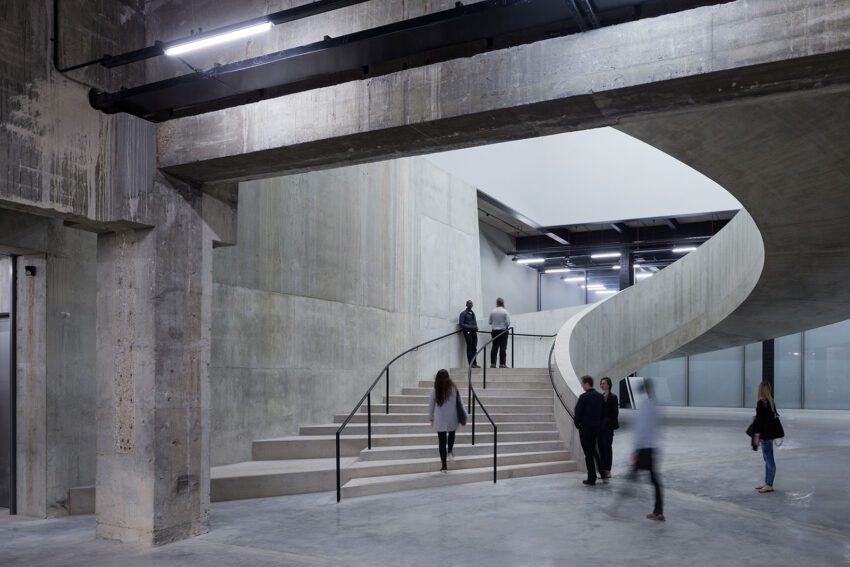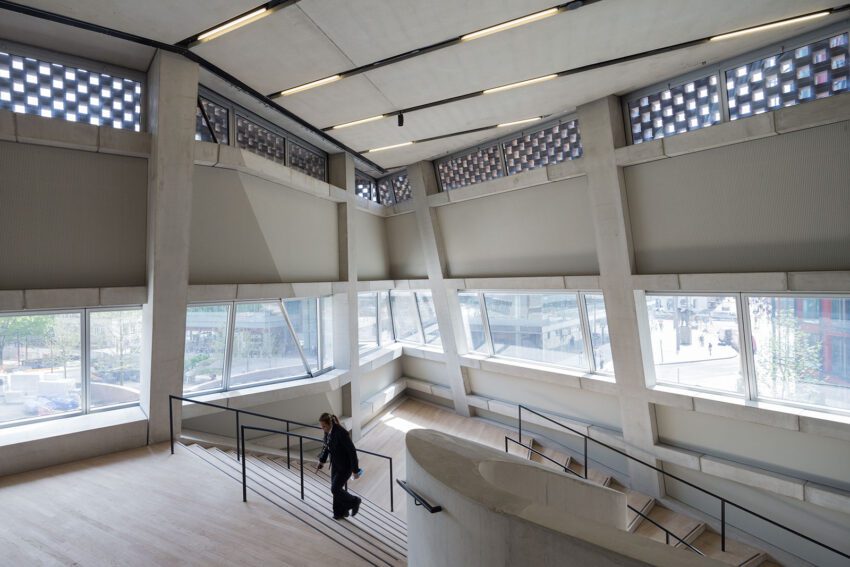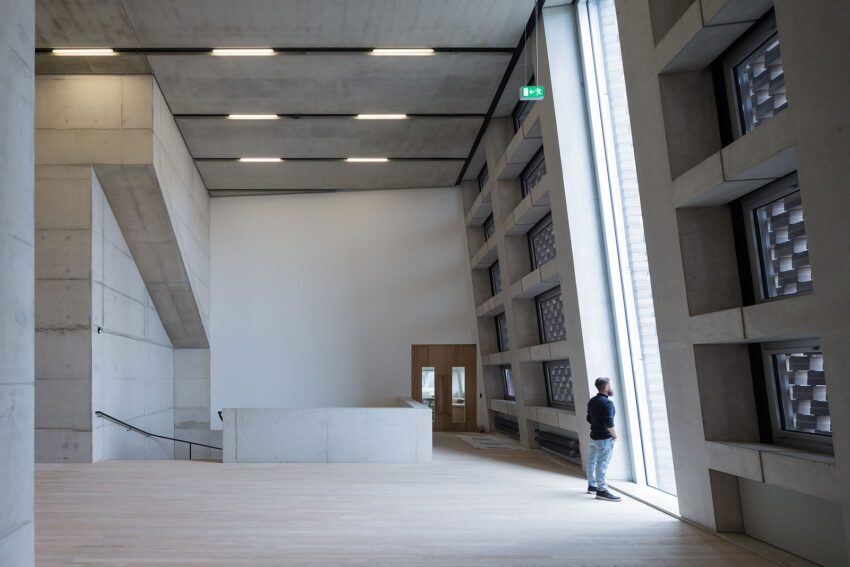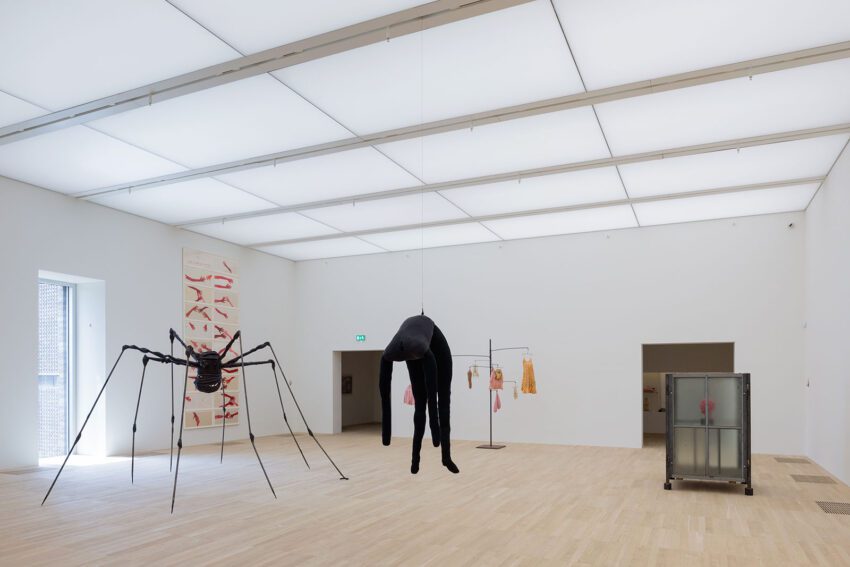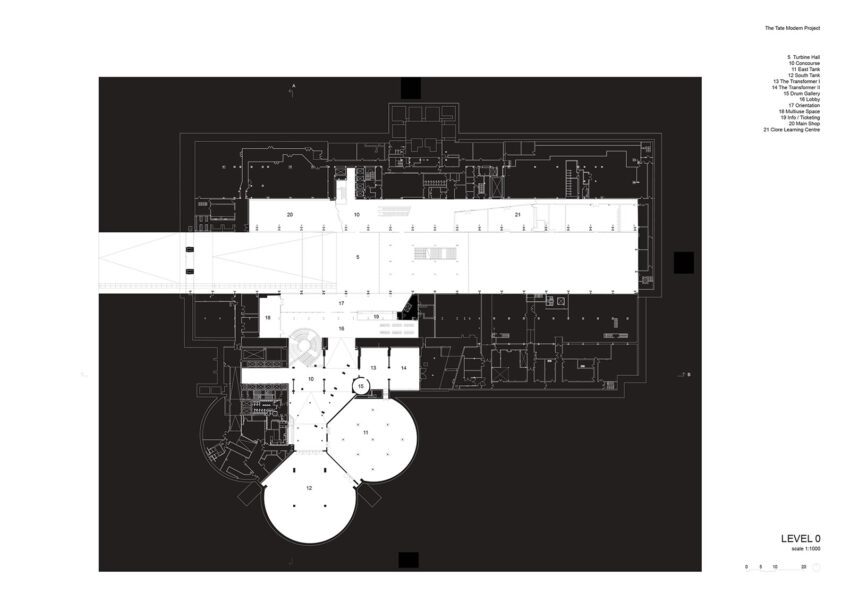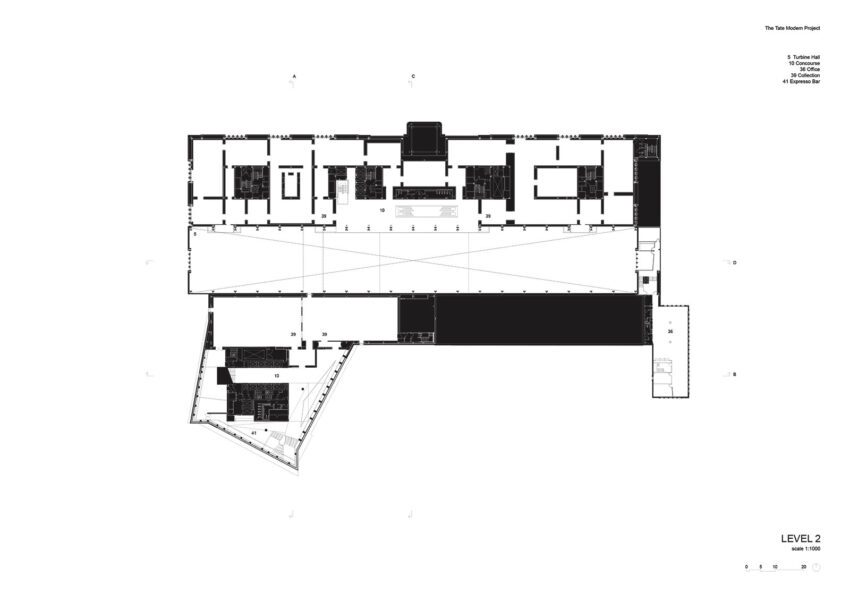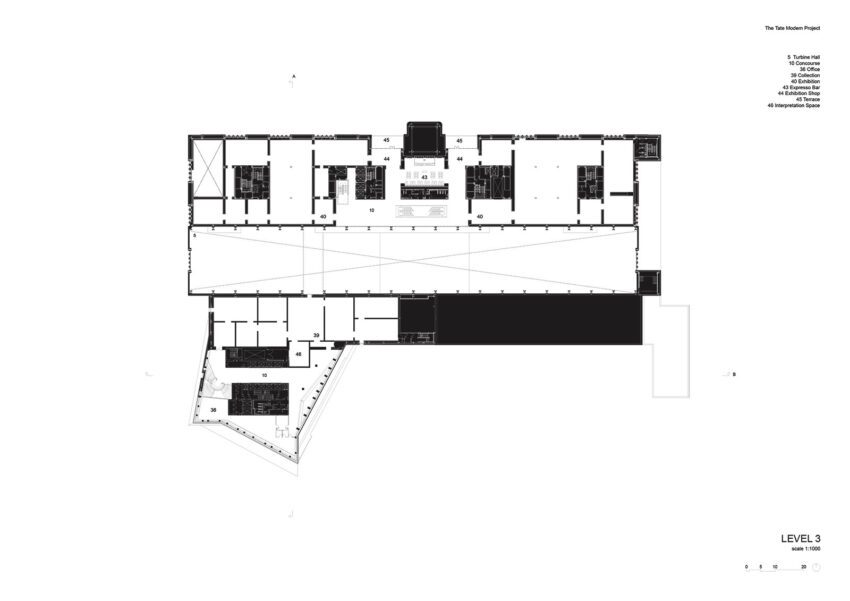The Tate Modern Renovation, completed in 2016 by the globally-renowned Herzog & de Meuron Architects, has significantly transformed London’s landscape and cultural scene since the museum’s inception in 2000. As this prominent museum of modern and contemporary art embarked on its next phase of development, it aimed to establish a new model for similar institutions by seamlessly integrating exhibition, learning, and social functions while enhancing connections with its surroundings and the city. This expansion not only reshaped the architectural landscape of South Bank and Southwark but also redefined the urban experience, offering improved public spaces and fostering a deeper connection between Southwark and the Thames.
The Tate Modern Technical Information
- Architects: Herzog & de Meuron
- Location: London, United Kingdom
- Client: Tate
- Topics: Museums, Brick Architecture, Pyramids
- Area: 23,600 m2 | 254,028 ft2
- Project Year: 2005 – 2016
- Photographs: © Courtesy of Herzog & de Meuron
The Tate Modern is not just a museum, it’s a public space, a meeting place.
– Nicholas Serota, former director of Tate
The Tate Modern Photographs
Text by the Architects
Tate Modern has changed London since 2000. The impact it has had on urban design and the development of the South Bank and Southwark has been as substantial as its influence on the city’s artistic, cultural, and social life. The new development will add another decisive dimension to the architecture and environment of this quarter and beyond. With a new entrance to the South, and a direct North-South passage, taking people from the Thames through the existing building and the Turbine Hall out to a new city plaza to the South on Sumner Street and from there on to Southwark, the new development will connect Southwark with the Thames and provide much improved open, public space.
Tate Modern is the world’s most visited museum of modern and contemporary art. In its next stage of development the vision is to establish a new model for museums of modern and contemporary art, by fully integrating the display, learning and social functions of the museum, strengthening links between the museum, its locality and the city.
In close collaboration with the Tate, we carved a path through the jungle of unusually numerous parameters that must be taken into account. The resulting paths and connecting lines, gradually acquired shape, condensing into a pyramidal form generated from the combined geometries of the site context and existing building. The clover-shaped dramatic subterranean oil tanks are at the heart of these plans and they are a point of departure for the new building.
When we converted the power station we dug out the Turbine Hall in order to turn the vast physical dimensions of the existing structure into a tangible reality. Here, the oil tanks form the foundation of the building as the new volume develops and rises out of the structure below. They are not merely the physical foundation of the new building, but also the starting point for intellectual and curatorial approaches which have changed to meet the needs of a contemporary museum at the beginning of the 21st century. These approaches require a range of gallery spaces, both larger and smaller, along with ‘As Found’ spaces of less conventional shape, and better facilities for the gallery’s popular learning programmes.
From the very beginning, our aim was to create a building that would be seen as an integral part of the city, a public and open place for everyone to enjoy.
– Herzog & de Meuron Architects16
As well as doubling the gallery space, The Tate Modern Project will create a diverse collection of public spaces dedicated to relaxation and reflection, making and doing, group learning and private study. These spaces are spread over the building and linked by a generous public circulation system rising through the building. The vertical orientation of these spaces is clear in the same way that a horizontal orientation is evident in the first phase of the Tate Modern.
At the same time we felt it was important for the building to be visible from the North. As one approaches the Tate Modern from the river, the new Switch House can be seen rising behind the power station without competing with its iconic chimney. Integrating the new building into the existing urban fabric has been fundamental to the project, as well as integrating it into the skyline of the city and ensuring that visitors both inside and outside could orient themselves.
We wanted the combined elements of Tate Modern, old and new, to be expressed as a whole, we wanted to have them come together and function as a single organism. Using the same base palette of bricks and brickwork in a radical new way, we created a perforated brick screen through which light filters in during the day and through which the building will glow at night.
The brickwork also reacts to the inclined faces of the form by stepping to approximate a pure geometry. With both of these simple actions, texture and perforation, the brickwork is transformed from a solid and massive material to a veil that covers the concrete skeleton of the new building. The façade changes in appearance depending on the observer’s point of view, not just from transparent to opaque, but also in pattern and orientation.
This continuous wrap of perforated brickwork is broken by the introduction of horizontal cuts to allow for views and provide daylight and natural ventilation to the internal spaces. The location of these ‘cuts’ is in direct relation to the internal programming and planning of the building. The result is a new yet symbiotic reading that is distinct and unique along the skyline of London.
The Tate Modern Plans
The Tate Modern Image Gallery
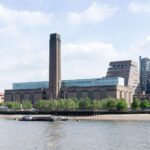
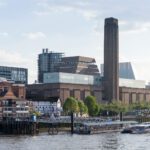
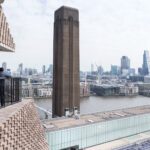
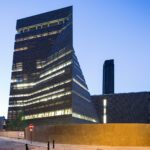
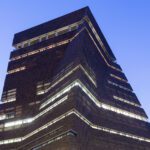
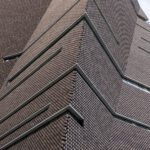
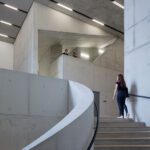
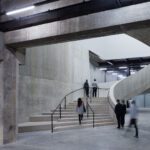
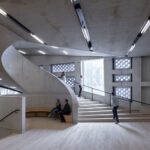
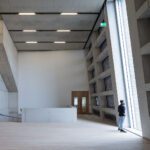
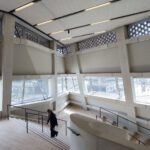
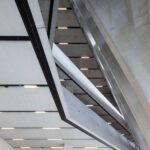
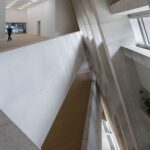
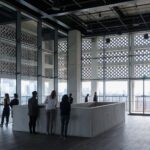
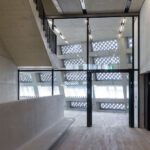
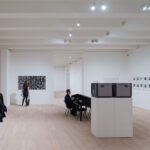
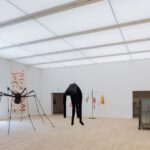
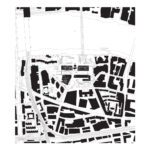
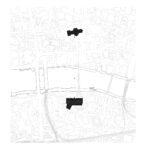
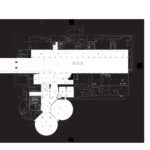
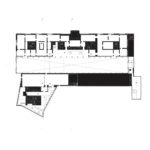
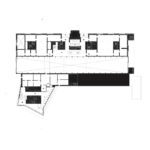
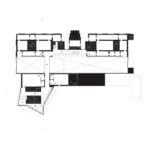
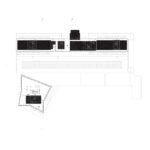
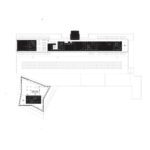
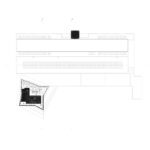
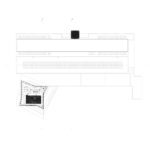
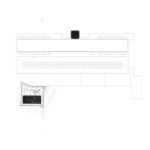
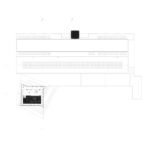
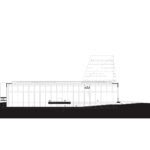
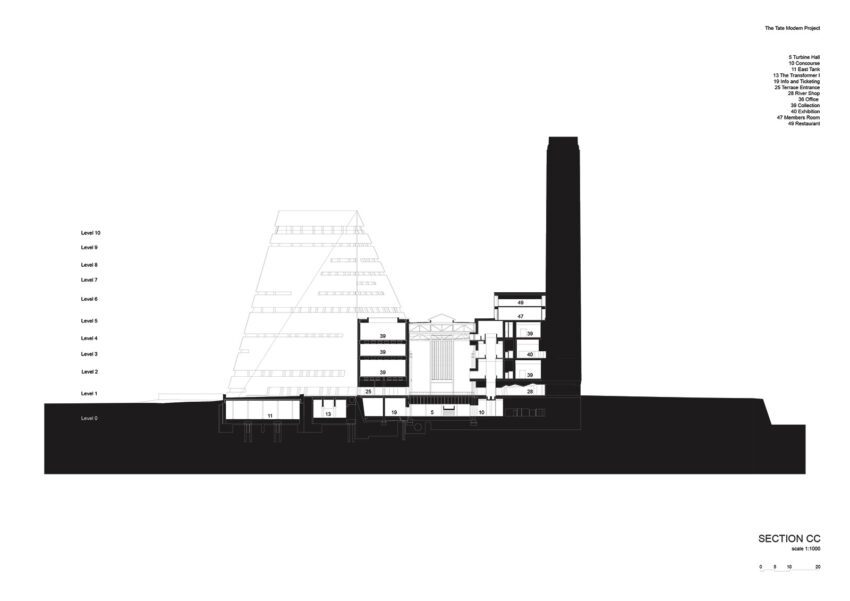
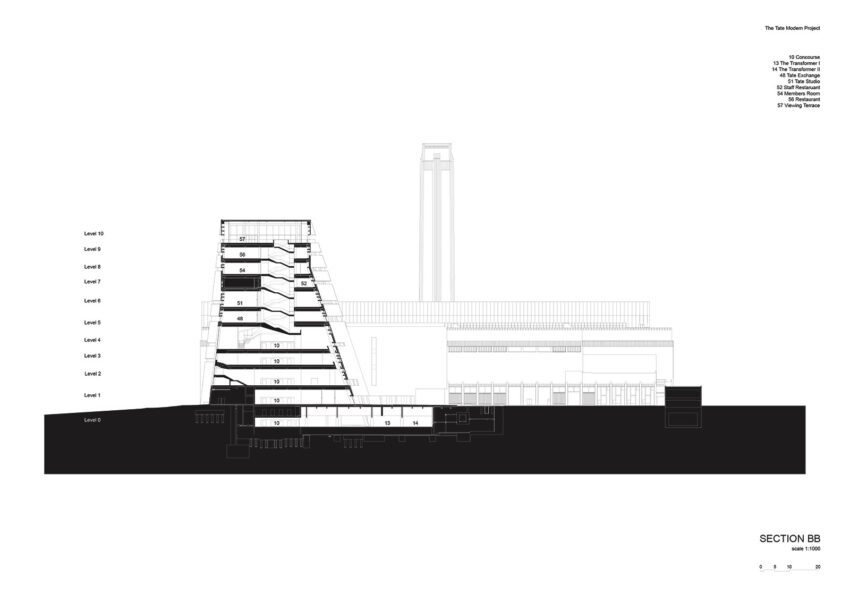
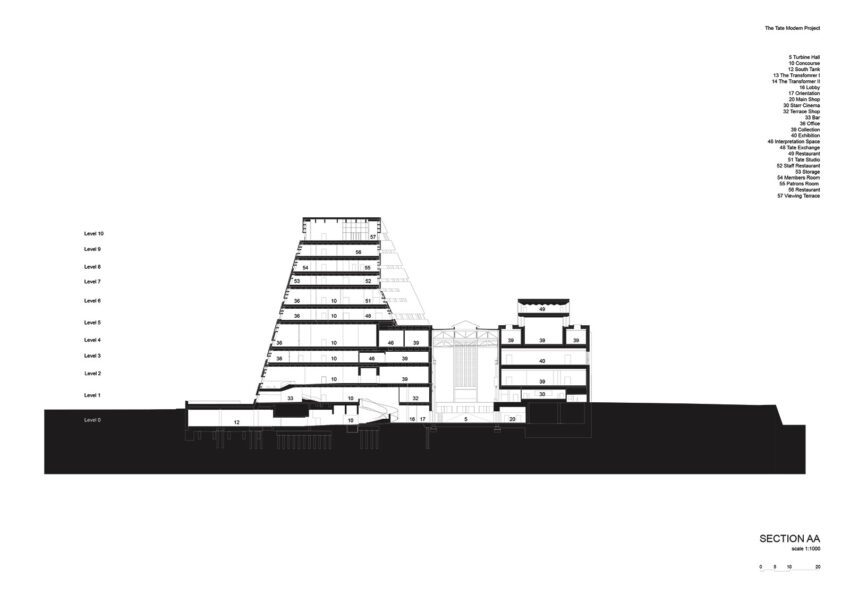
About Herzog & de Meuron
Herzog & de Meuron is a renowned Swiss architecture firm, established in 1978 by Jacques Herzog and Pierre de Meuron. The firm is globally recognized for its innovative and diverse designs, ranging from museums and cultural institutions to residential and commercial buildings. Their work often showcases a thoughtful blend of materials, form, and function, leading to visually striking and contextually sensitive architectural solutions. Some of their most notable projects include the Tate Modern in London, the Bird’s Nest Olympic Stadium in Beijing, and the Elbphilharmonie in Hamburg. The duo has received numerous prestigious awards, including the Pritzker Architecture Prize in 2001.
Works from Herzog & de Meuron
- Partners: Jacques Herzog, Pierre de Meuron, Ascan Mergenthaler (Partner in Charge), Harry Gugger (until 2009)
- Project Team: John O’Mara (Associate, Project Director), Kwamina Monney (Project Manager), Benjamin Duckworth (Associate)Christoph Zeller, Abdulfatah Adan, Roman Aebi (Workshop), Marta Alonso Yebra, Israel Alvarez Matamoros, Renata Arpagaus, Shayan Bahluli Zamani, Jayne Barlow, Peter Karl Becher, Michael Bekker, Alexander Berger, Ann Bertholdt, Abel Blancas, Marinke Boehm, Frederik Bojesen, Vincent Bowman, Blanca Bravo Reyes, Emi Jean Bryan, Catriona Cantwell, Michael Casey (Associate), Mark Chan, Edman Choy, David Connor, Oliver Cooke, Massimo Corradi (Digital Technologies), Corinne Curk, Duarte De Azevedo Coutinho Lobo Antunes, Joseph Dejardin, Dorothee Dietz, Stefan Dobnig, Gemma Douglas, Benjamin Duckworth (Associate), Corina Ebeling, Samir Tarek El Kordy, Martin Eriksson, Joris Jakob Fach, Francis Fawcett, Elizabeth Ferguson, Alexander Franz, Francisco de Freitas, Mario Gasser, Giuseppe Giacoppo, Andrew Gibbs, Thomas von Girsewald, Luis Gisler, Stefan Goeddertz (Associate), James Grainger, Jennifer Gutteridge, Volker Helm, Arnaldo Hernandez, Pasqual Herrero, Iela Herrling, Johannes Hilfenhaus, Daisuke Hirabayashi, Fabienne Hoelzel, Dara Huang, Kasia Jackowska, Sofia Chinita Janeiro, Sara Jardim Manteigas, Simon Johnson, Jihoon Kim, Yuichi Kodai, Pawel Krzeminski, Tomoyuki Kurokawa, Lorenz Selim Lachauer, David Leech, Kenan Liu, Áron Lőrincz (Visualisations), Johnny Lui, Alexandre Massé, Donald Matheson, Olivier Meystre, Cynthia Morales Castillo, Ingrid Moye Verduzco, Ingrid Moye Verduzco, Martin Nässén, Dominik Nüssen, Julian Oggier, Benjamin Olschner, Mònica Ors Romagosa, Chi Won Park, Dirk Peters, Callum John Pirie, James Pockson, Maki Portilla Kawamura, Catherine Preiswerk, Georg Rafailidis, Tanya Rainsley, Holger Rasch, Andreas Reeg, Steffen Riegas (Digital Technologies), Kathrin Riemenschnitter, Miguel del Rio Sanin Rebecca Roberts, Jeannine Roschi, Philipp Schaerer, Chasper Schmidlin, Harald Schmidt, Günter Schwob (Workshop), Mónica Sedano Peralta, Jad Silvester, Karolina Slawecka, Iva Smrke, Iva Smrke, Heeri Song, Henriette Spoerl, Peter Stec, Tom Stevens, Kai Strehlke (Digital Technologies), David Tatxé, Sanja Tiedemann, Raúl Torres Martín (Visualisations), Paul Vantieghem, Fabio Verardo, Christian Voss, Wim Walschap (Associate), Camia Young, Mika Zacharias (Visualisations), Claudia Zipperle, Christian Zöllner.
- Landscape Design: Vogt Landschaftsarchitekten, Zurich, Switzerland
- Cost Consulting: Aecom, London, UK
- Project Management: Gardiner & Theobald Management Services, London, UK
- Services Engineering: Max Fordham Consulting Engineers, London, UK
- Services Engineering (2005-2007): Arup, London, UK
- Structural Engineering (2005-2007): Arup, London, UK
- Structural Engineering (from 2008): Ramboll UK, London, UK
- Facade Consulting: Billings Design Associates, Dublin, Ireland
- Facade Consulting: Ramboll UK, London, UK
- Lighting Consulting: Arup Lighting, London, UK
- Wayfinding and Signage: Cartlidge Levene with Morag Myerscough, London, UK
- Retail Planning: Uxus, Amsterdam, Netherlands
- Furniture Consulting: Jasper Morrison, London, UK
- Source: Tate Modern’s official website

